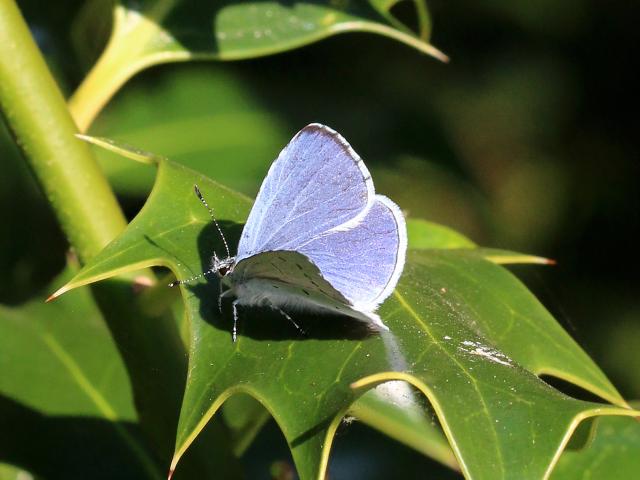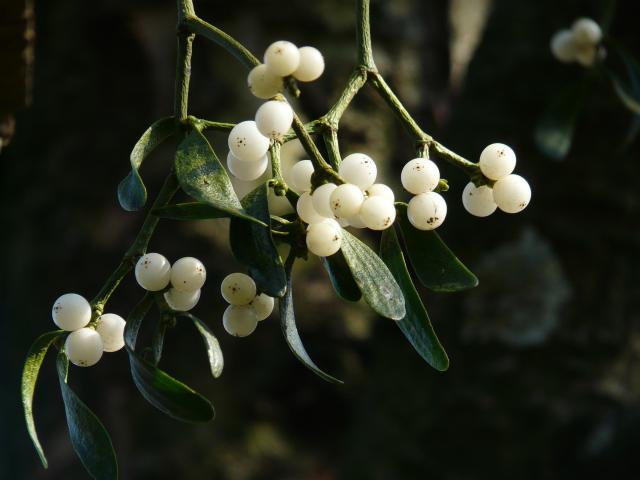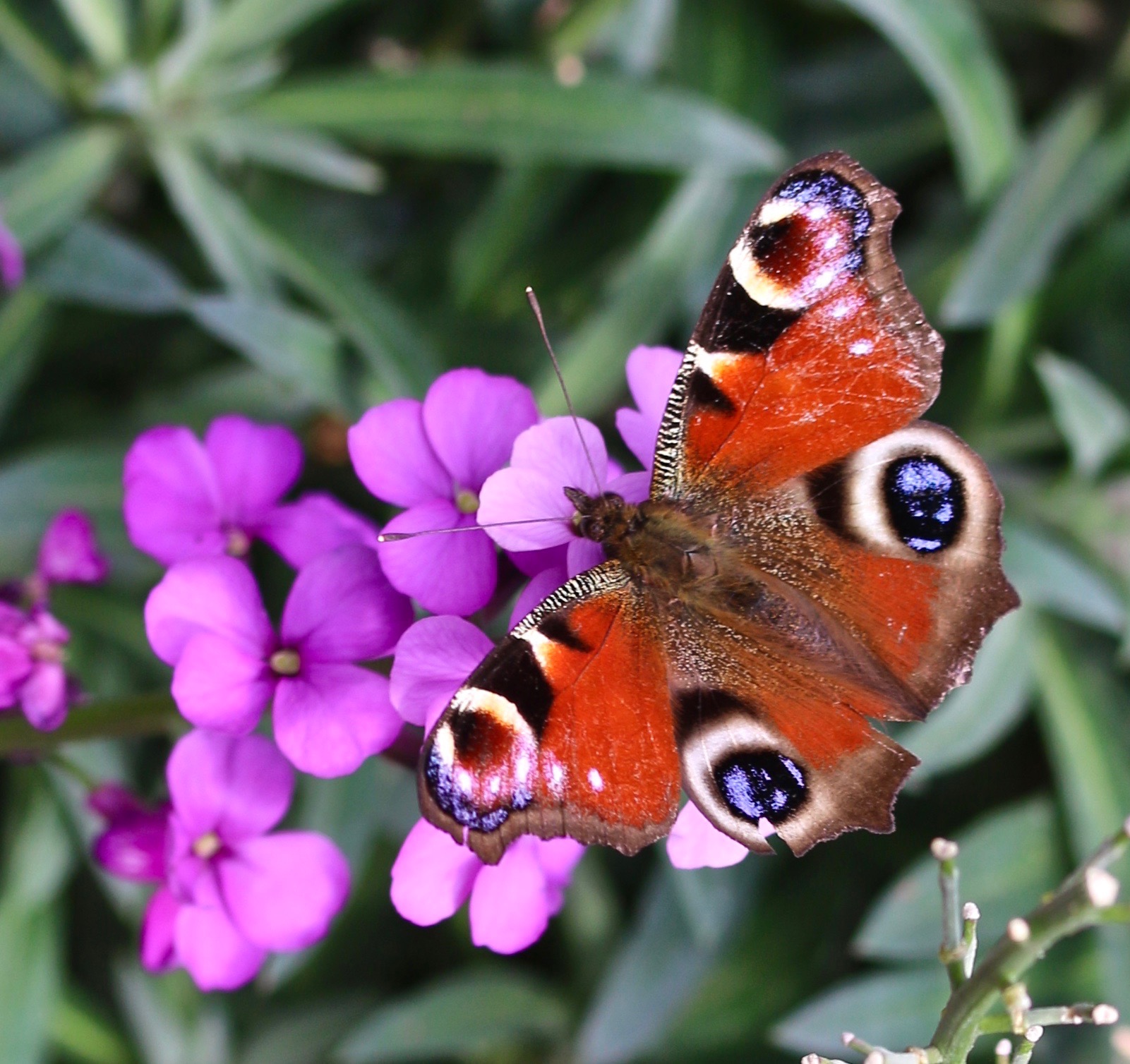How flowery is your garden looking now? There are still a few butterflies around such as the Red Admiral, so it’s useful to note if you have any nectar plants available for them.
Some stalwarts are still blooming in my garden, even after a few frosts. The Pot Marigold Calendula officinalis and Scabious have only one or two flowers, but I’m still impressed with their tenacity. The White Valerian Centranthus ruber 'Albus' has just finished flowering but the Perennial Wallflower Erysimum ‘Bowles Mauve’ has more flower buds forming. The star has to be the pretty little Mexican Fleabane Erigeron karvinskianus, which has seeded itself into cracks between the paving stones and has been producing daisy flowers profusely for most of the year.
However, I’m sure your thoughts are turning to more Christmassy subjects now. Many of the plants which are used to decorate your home are also important food sources for butterflies and moths.

If you are about to seek out a Christmas tree, then opt for a conifer growing in a pot, so you can put it in the garden afterwards – either planted or kept in a container. Scots Pine and Norway Spruce between them can support around 20 species of larger moths including Spruce Carpet, Grey Pine Carpet and Pine Hawk-moth caterpillars.
The native evergreens Holly Ilex aquifolium and Ivy Hedera helix can be useful resources for wreath making as well as providing food for butterflies and moths. Both Holly and Ivy are used as caterpillar foodplants by Holly Blue butterflies and also moths such as the Double-striped Pug and Yellow-barred Brindle. Ivy is a useful late nectar source for butterflies such as Red Admiral, Peacock and Small Tortoiseshell along with moths such as the Chestnut or Satellite.

Check the branches which you are bringing into the house for lichens. The caterpillars of various footman moths, such as Common, Rosy or Muslin Footman feed on lichens or algae, along with Brussels Lace and Dotted Carpet.
Finally, when you are kissing under the Mistletoe Viscum album, let your thoughts drift to the rare Mistletoe Marble moth, which can be found in the south of the UK. Caterpillars mine into the leaves of this parasitic plant and overwinter there. You could try growing Mistletoe in your garden, on trees such as Apple or Hawthorn.
Over the Christmas period enjoy being tucked up in the house with your gardening books, planning how to make your garden even more butterfly and moth friendly next year.
Happy Christmas!
The Secret Gardener


